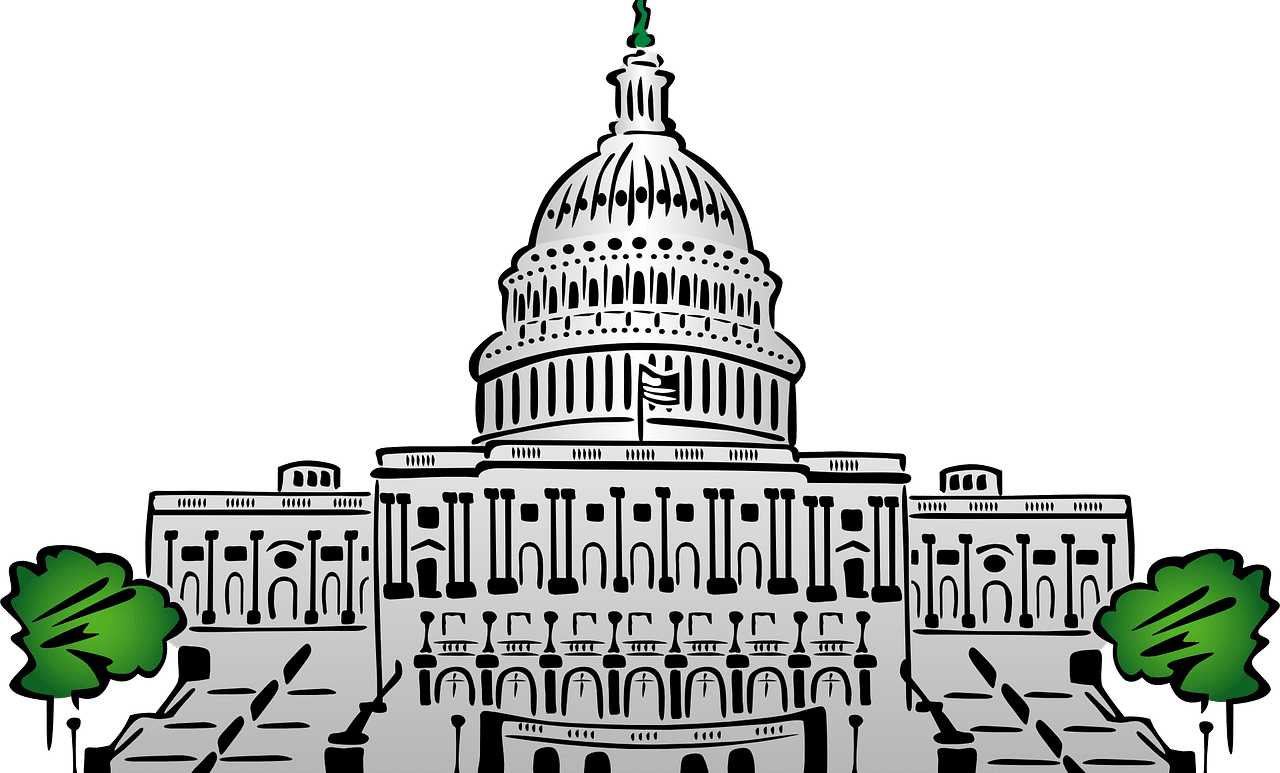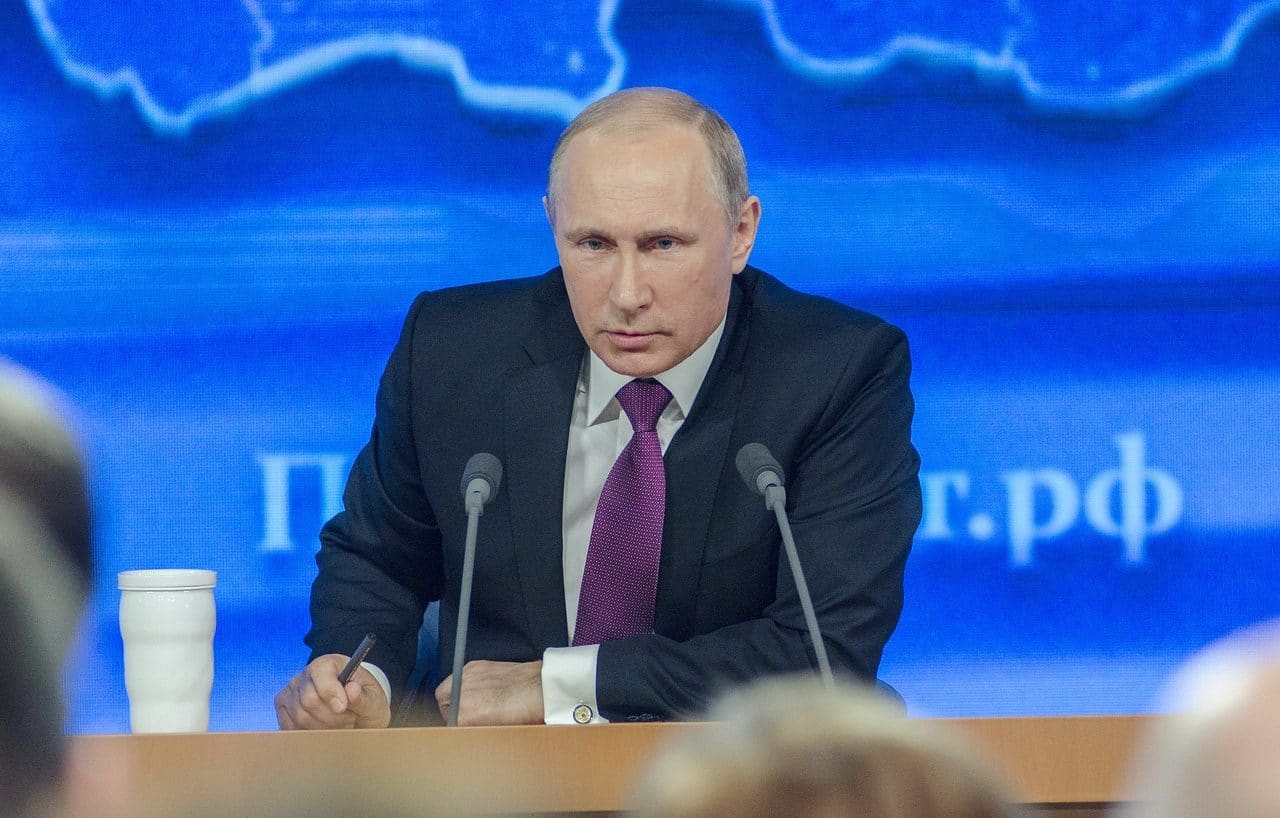
The executive power is associated with state management.
The executive branch is the one whose function is to guarantee compliance with the laws developed through the legislative branch and administered according to the judicial branch. The executive branch, in other words, is linked to the management of the day-to-day functioning of the state.
Before entering fully into establishing the meaning of the concept, it is necessary to determine the etymological origin of the two words that make it up: power emanates from the Vulgar Latin posere , while executive derives from the Latin exsequitus , which can be translated as " "relative to continuing to the end." This last word, in turn, is made up of three different parts (the prefix ex- , which is synonymous with "outwards" ; the verb sequi , which means "to follow" ; and the suffix -tive , which indicates what is an active relationship).
The executive branch of the State
A State has three essential powers: legislate, administer justice and execute public policies. That is why it is said that the State can be divided into three powers that are exercised by various institutions and organizations: the legislative power , the judicial power and the executive power .
When the concept refers to state power in general, it is written with lowercase initials ( executive power ). On the other hand, if the notion mentions the state body that exercises said power , capital letters must be included at the beginning of each word ( Executive Power ).
The executive power of a democratic State rests with officials elected through popular vote. Elections allow the population to choose the people who will act as their representatives in making decisions that concern society in general.
According to the system in question, the executive branch is headed by a president , a head of government or a prime minister . This president usually has the power to elect his ministers and secretaries , who act in a specific area (in charge of matters relating to the economy, health, tourism, etc.).

In a presidential republic , the president is the one who heads the Executive Branch.
Its functions
It is important to know that the aforementioned executive branch, in turn, can be divided into three, according to the function it performs:
- Regulatory function , which is the set of tasks that are carried out through decrees and regulations.
- Political function , which is what is carried out with the clear objective of ensuring that citizens can see their interests satisfied in the best possible way. Hence, it means having to take measures that arise and that are not developed by previous laws or regulations. Specifically, this section can include everything from undertaking commercial exchanges with other countries to appointing ministers.
- Administrative function . Under this name are included all the tasks carried out both by the different ministries and by other bodies, such as state companies. Likewise, it also houses the tasks carried out in governorates, delegations, state secretariats or municipalities.
It is important to highlight that the functioning of the Executive Branch, the Legislative Branch and the Judicial Branch is interdependent : one power cannot override another. The coordinated operation of the three powers is established by the Constitution of each State.
